Rising Demand for Automation
The HMI software market in North America is experiencing a notable surge in demand for automation across various industries. This trend is driven by the need for increased efficiency and productivity in manufacturing processes. As companies strive to optimize operations, the integration of hmi software becomes essential for real-time monitoring and control. According to recent data, the automation sector is projected to grow at a CAGR of approximately 10% over the next five years. This growth is likely to propel the hmi software market, as businesses seek advanced solutions to streamline workflows and reduce operational costs. Furthermore, the push for Industry 4.0 initiatives is expected to further enhance the adoption of hmi software, as organizations aim to leverage smart technologies for improved decision-making and resource management.
Increased Focus on Data Analytics
The HMI software market in North America is witnessing a growing emphasis on data analytics capabilities. As industries generate vast amounts of data, the ability to analyze and interpret this information becomes crucial for informed decision-making. Hmi software that incorporates advanced analytics tools allows organizations to gain insights into operational performance, identify trends, and optimize processes. Recent market analysis suggests that the integration of data analytics in hmi solutions could enhance productivity by up to 25%. This trend indicates a shift towards data-driven strategies, where businesses leverage hmi software not just for control but also for strategic planning. Consequently, the demand for hmi software with robust analytics features is likely to increase, positioning it as a vital component in the digital transformation journey of various industries.
Regulatory Compliance and Standards
The HMI software market in North America is significantly influenced by the need for regulatory compliance and adherence to industry standards. As industries face stringent regulations regarding safety and operational efficiency, the demand for hmi software that ensures compliance is on the rise. Companies are increasingly seeking solutions that not only meet regulatory requirements but also enhance overall safety protocols. For instance, the implementation of hmi software that aligns with OSHA and ISO standards is becoming a priority for many organizations. This focus on compliance is expected to drive market growth, as businesses recognize the importance of mitigating risks associated with non-compliance. Furthermore, the integration of compliance features within hmi software can lead to improved operational transparency and accountability, further solidifying its role in the industry.
Advancements in User Interface Design
Innovations in user interface (UI) design are significantly influencing the hmi software market in North America. Enhanced UI design not only improves user experience but also facilitates better interaction between operators and machines. As industries adopt more complex systems, the demand for intuitive and user-friendly interfaces becomes paramount. Recent studies indicate that companies investing in advanced UI design report a 20% increase in operational efficiency. This trend suggests that hmi software providers must prioritize UI enhancements to remain competitive. Additionally, the rise of touch-based and gesture-based controls is likely to reshape the landscape of hmi software, making it more accessible to a broader range of users. As a result, the focus on UI design is expected to drive growth in the hmi software market, catering to the evolving needs of various sectors.
Growing Investment in Smart Manufacturing
Investment in smart manufacturing technologies is a key driver for the hmi software market in North America. As companies transition towards more intelligent manufacturing processes, the demand for sophisticated hmi software solutions is likely to increase. Smart manufacturing encompasses the use of IoT, AI, and advanced robotics, all of which require robust hmi systems for effective operation. Recent reports indicate that the smart manufacturing sector is expected to reach a valuation of $300 billion by 2026, highlighting the potential for hmi software to play a pivotal role in this transformation. The integration of hmi software with smart technologies not only enhances operational efficiency but also enables predictive maintenance and real-time data analysis. As such, the growing investment in smart manufacturing is anticipated to significantly boost the hmi software market, driving innovation and competitiveness across various industries.


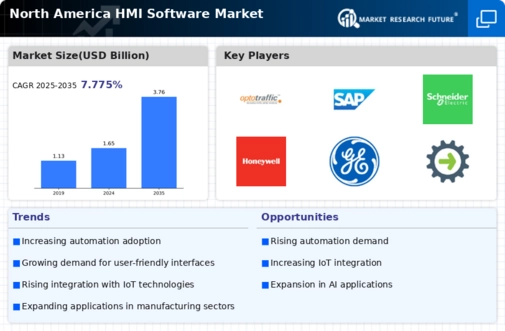
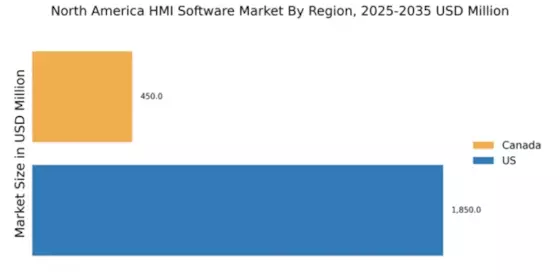
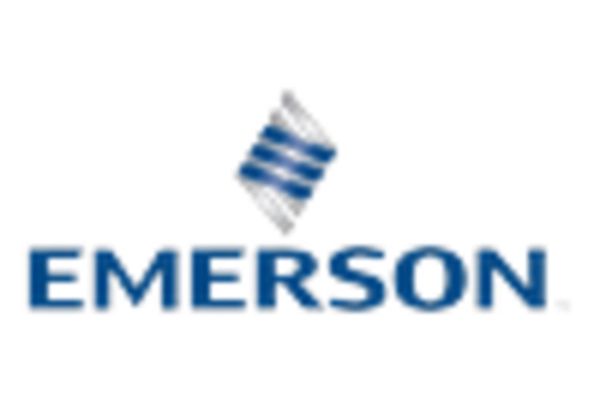

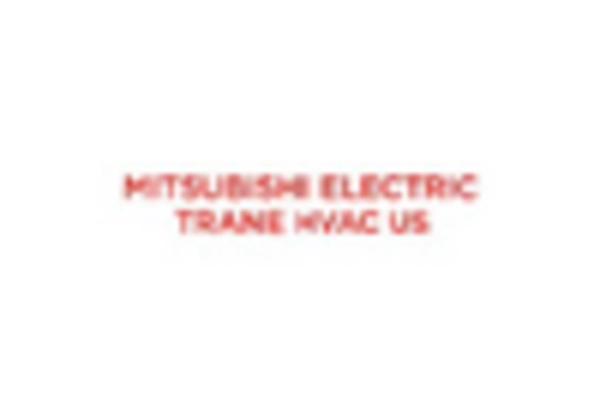
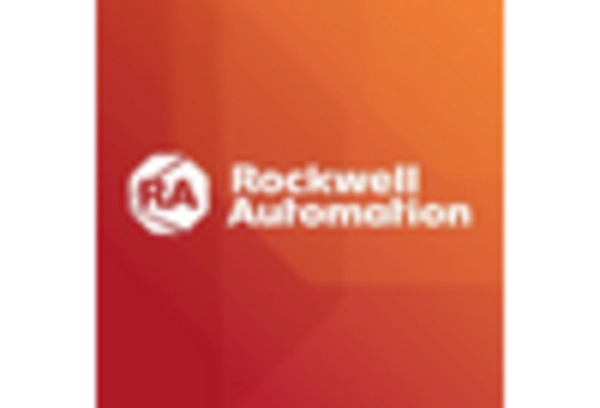
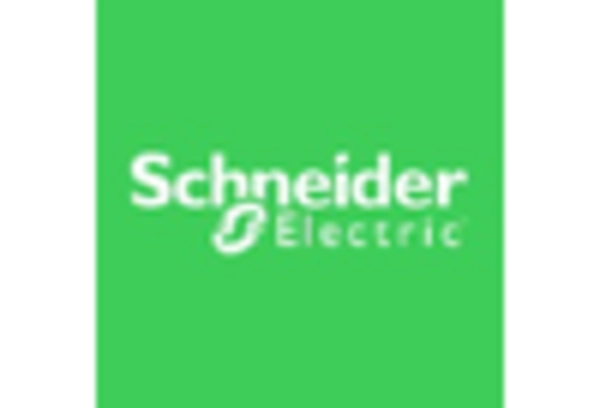
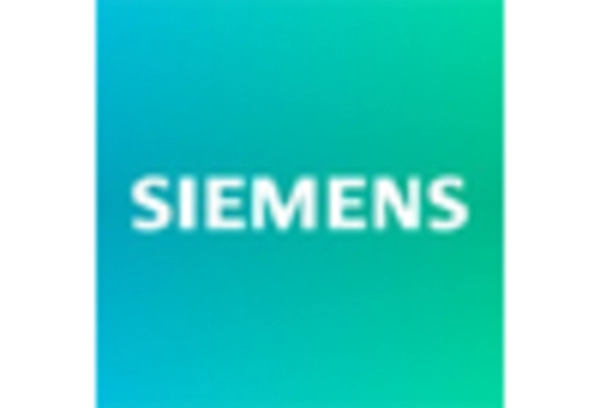








Leave a Comment